Five-Point Plan to make Mets contenders for 2024 MLB season
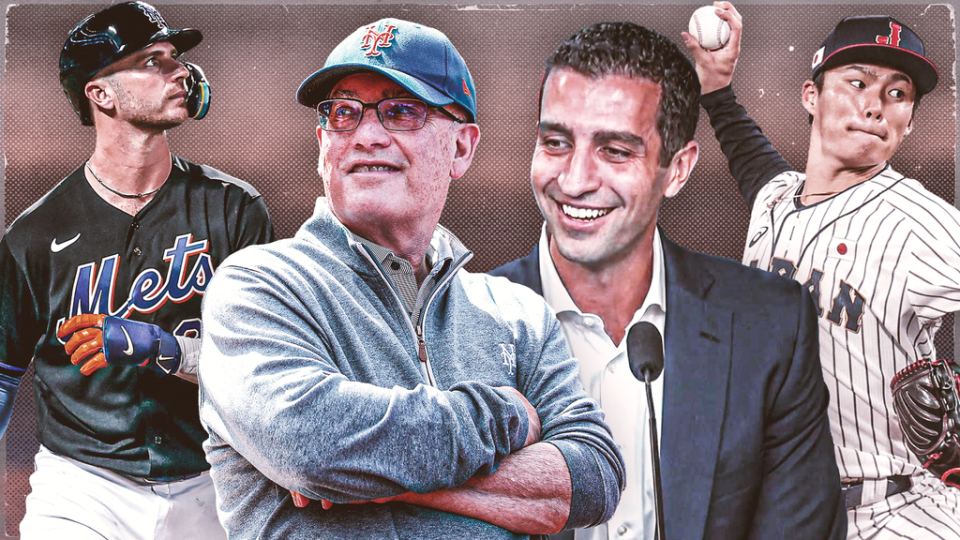
When you think about the expectations the Mets had entering the 2023 season and where they wound up, it can feel like there's a huge hill to climb to get back to contention. But just how big is that hill?
New York's World Series (and playoff) hopes evaporated by July, ahead of a shocking sell-off that included Justin Verlander and Max Scherzer getting traded as the Mets added a bunch of high-impact prospects to their burgeoning farm system.
After the Mets played out the string with a roster littered with players who otherwise would've been in the minors or not part of the organization at all, their final record wound up 75-87.
That's a 26-win drop from 2022, when the Mets looked like they had arrived as a perennial contender.
Add to the above the fact that Steve Cohen talked about there perhaps not being the same outsized expectations entering 2024 that there were entering 2023, and it was initially fair to wonder how competitive the Mets will be this coming season.
There are two caveats, though, when discussing the spectacular failure of the 2023 Mets and the hopes of the 2024 Mets.
1. While underperformance from several key players helped doom New York this past season, they were also done in by a bunch of significant injuries.
Most important was the season-ending injury to Edwin Diaz, Jose Quintana missing nearly four months, Verlander missing the first month, and lineup sparkplug Starling Marte being a shell of himself when he was on the field due to offseason double groin surgery.
All teams deal with injuries, but if you simply add Diaz back to the 2023 Mets -- even in a fantasy world where he's there and all the other players who got traded at the deadline are still moved -- the Mets are probably a .500 team. That's still far from the heights they thought they'd reach, but not a 75-87 disaster.
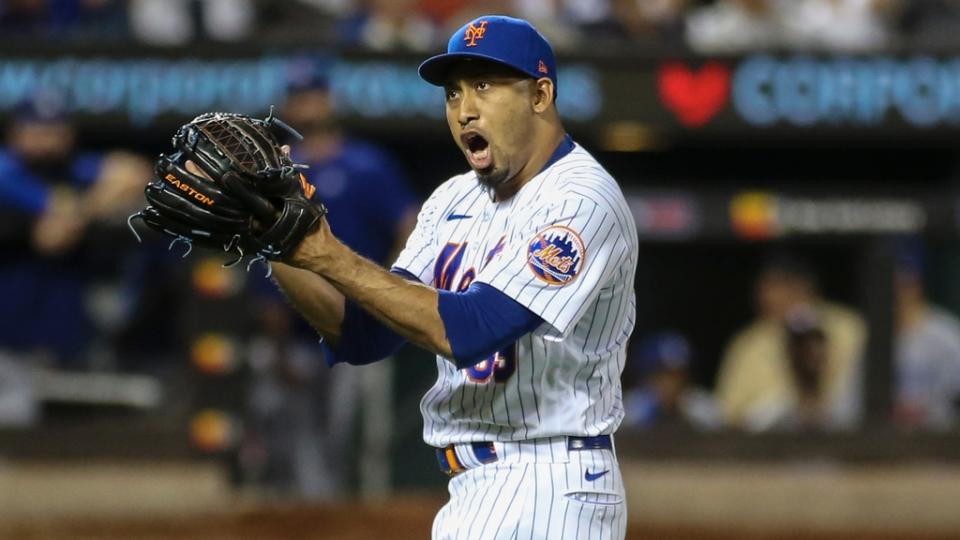
2. The expectations the Mets set after their trade deadline sale have already been recalibrated, with new president of baseball operations David Stearns saying when he came aboard that the Mets would field a competitive team in 2024 -- and that "competing" to him meant being a playoff contender.
So while the Mets -- who have serious payroll flexibility coming -- are perhaps going to be a bit more choosy this offseason when it comes to which free agents they pursue and the kind of trades they make, they sure seem like a team that will be in the high end of the market while aiming to return to contention in 2024.
Here's how they should go about doing that...
KEEP PETE ALONSO
The door seems mostly shut on an offseason trade of Alonso, but the Mets should slam it.
Alonso, who just hired Scott Boras to represent him, is set to hit free agency after the 2024 season. And it now seems likely that he'll get there instead of signing an extension. But who cares?
The Mets have a strong working relationship with Boras, and have recently had two of their most important players reach free agency before retaining them -- Brandon Nimmo (a Boras client) and Diaz. Clearly, they can retain Alonso if they want to, even if he reaches free agency.
Then there's the matter of what Alonso does at the plate.

There is quite literally no player in baseball who has provided the home run power Alonso has since entering the league in 2019.
His 192 home runs since then are the most in baseball, and the Mets simply do not have anyone on the roster (or in the upper levels of the minors) who can even come close to replicating what Alonso does.
LET THESE PLAYERS GO
The Mets have 16 arbitration-eligible players.
Some of them (like Alonso, David Peterson, and Joey Lucchesi) are slam dunks to be offered arbitration, but most are not.
The Mets should cut ties with Daniel Vogelbach, Trevor Gott, Luis Guillorme, Rafael Ortega, Danny Mendick, and Elieser Hernandez.
Starling Marte doesn't fit into the "let these players go" category, but the Mets should be viewing anything they get from him next season as gravy.
AGGRESIVELY ADDRESS THESE POSITIONS
Starting Rotation
More than anything, the Mets were torpedoed early during the 2023 season by their starting pitching. And it wasn't just an inability to limit runs, it was an inability to pitch deep into games. Part of that had to do with two rotation slots being patchwork, but that simply exposed New York's lack of quality depth.
Back will be Kodai Senga (who pitched like an ace during his rookie season) and Quintana (who was terrific once healthy). After that, there are three question marks.
Perhaps the Mets can have the fifth spot be a competition between Peterson and Lucchesi, with Mike Vasil maybe becoming a factor sooner rather than later. But two of those spots need to be filled externally.
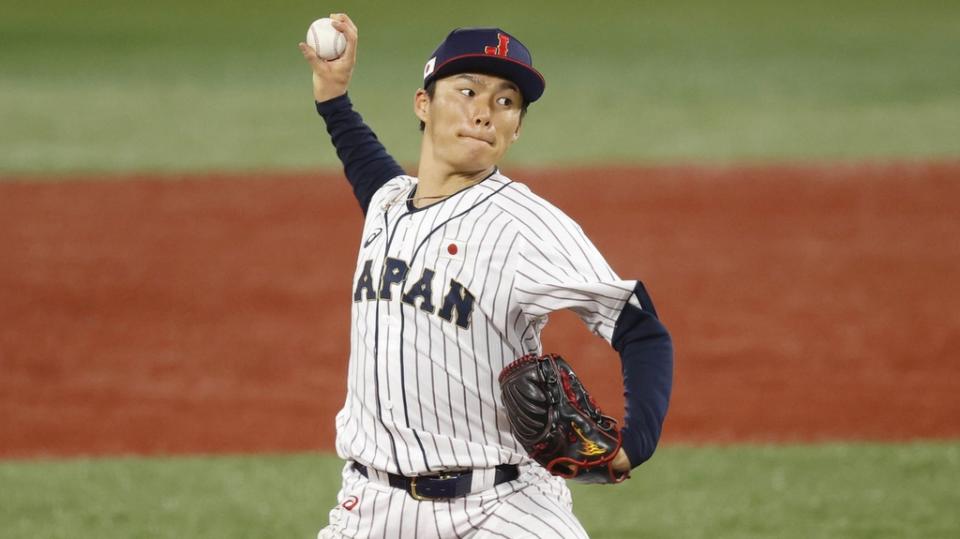
Japanese ace Yoshinobu Yamamoto should be their top overall free agent target, and other interesting free agent starting pitchers include fellow Japanese starter Shota Imanaga and Jordan Montgomery.
The Mets should also be active in a trade market that could include a handful of top-of-the-rotation arms, including Tyler Glasnow of the Rays and Corbin Burnes of the Brewers.
Bullpen
Diaz will be back, which should stabilize a unit that was thrown into disarray by his absence. But a lot more help is needed.
Along with Diaz, the Mets will likely have Brooks Raley (team option) and Adam Ottavino (player option) back, but they have to add multiple high-leverage arms beyond that.
Free agent Matt Moore could be a good start.
It's also possible some of the Mets' young relievers -- including Nate Lavender -- make an impact next season, but they have to prioritize adding high-impact potential over optionality, with a desire for optionality something now-former-GM Billy Eppler did to his peril in 2023.
Designated Hitter
The Mets entered this past season with Vogelbach and Darin Ruf (remember him?) as a DH platoon, and -- to put it lightly -- that plan did not work out.
Aside from Mark Vientos, the Mets really don't have a hitter on their roster who profiles as a DH. And the sample size of success from Vientos toward the end of 2023 is far too small to even consider relying on him in that role in 2024.
That means the Mets need to add a DH externally, and free agent J.D. Martinez could be a strong fit.
Outfield
As I noted above, the Mets can't rely on Marte in 2024 -- whether he has repeat groin surgery or not.
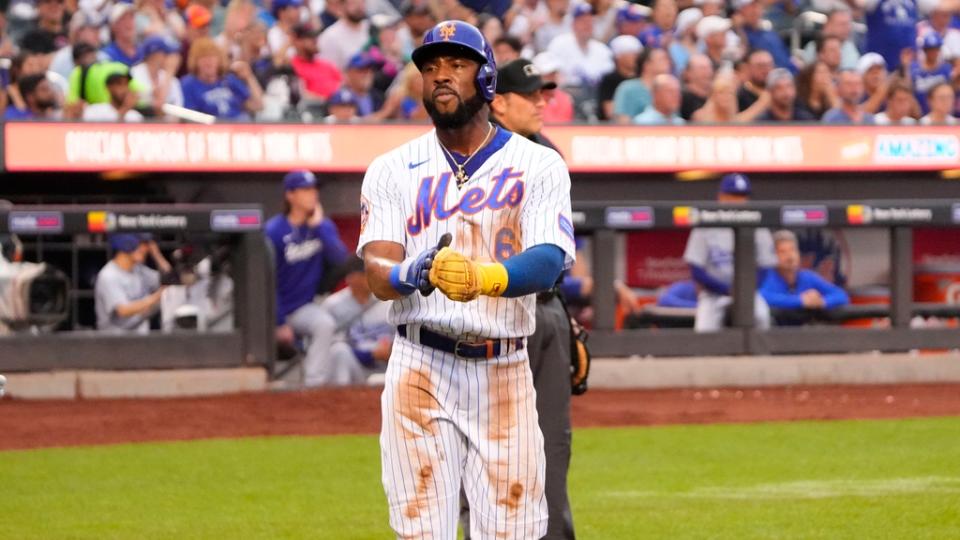
Their only returning starting outfielder is Nimmo, and they can theoretically have Jeff McNeil play one of the corner spots. But they're going to have to add another starting-caliber outfielder.
Joc Pederson, Adam Duvall, and old friend Tommy Pham are among the free agent options.
Shohei Ohtani is a category unto himself, and the Mets strongly pursuing him can't be ruled out. Adding him would obviously change the dynamic in an enormous way.
DECIDE WHAT TO DO WITH THE BABY METS
Francisco Alvarez will be the starting catcher, but things aren't clear beyond that.
As mentioned regarding Vientos, the Mets can't rely on him as a DH entering 2024. And if he isn't the DH, it's hard to see where his glove will play.
When it comes to third base, it could make sense to have it be a competition between Ronny Mauricio and Brett Baty.
It's also fair to wonder whether Baty's home could be in the outfield if the Mets decide Mauricio is the guy at third base.
Down in the minors will be Luisangel Acuña and Drew Gilbert (in Triple-A), Jett Williams (in Double-A) and other high-impact bats who are getting close to contributing.
The Mets shouldn't rush them, but they also shouldn't hesitate to promote them to the majors once they cross off all the developmental boxes in the minors.
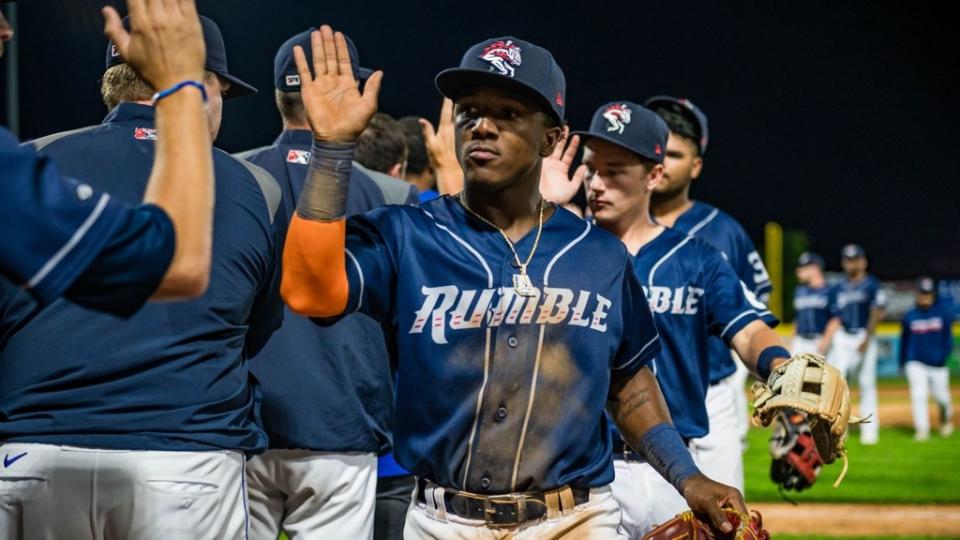
DON'T GUT THE NEWLY BOLSTERED FARM SYSTEM
Speaking of the farm system, the Mets probably have enough blue-chip talent to be able to trade for pretty much any player they want. That could mean Juan Soto or the aforementioned Burnes.
But with the Mets getting closer to having the type of young core that should help them become sustainable contenders, they should be extremely careful when it comes to who they give up via trade.
It could be palatable for New York to deal one of its top prospects as part of a deal for an impact player, but that should be where they draw the line.
***
It's not easy to go from a 75-win (or fewer) season to the playoffs, but it's doable -- the 2023 Diamondbacks are a recent example.
And when you take into account the Mets' strong core, near-ready high-impact prospects, some expected positive progression toward the mean, injury luck that will almost certainly be better, and their spending power this offseason, there's no reason to think they can't at the very least bring their win total into the mid-to-high 80s in 2024.
Forget about the Braves for now. They're far ahead of the Mets and better than everyone else in MLB.
The Mets don't have to be the Braves in 2024. They simply have to be good enough to get into the playoffs. And if they do, anything can happen -- as we saw last season with the Phillies and are seeing right now with the D-backs.

